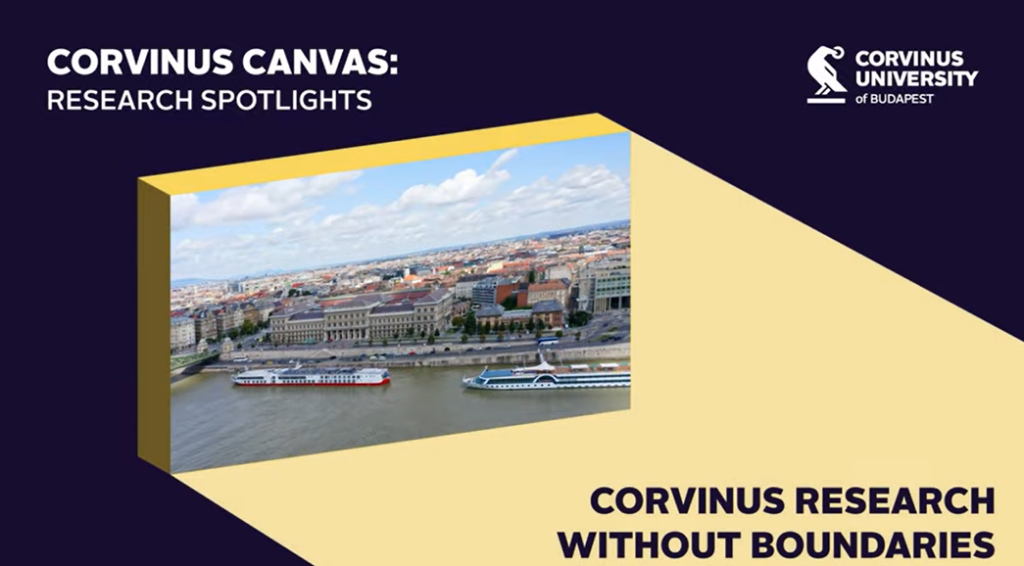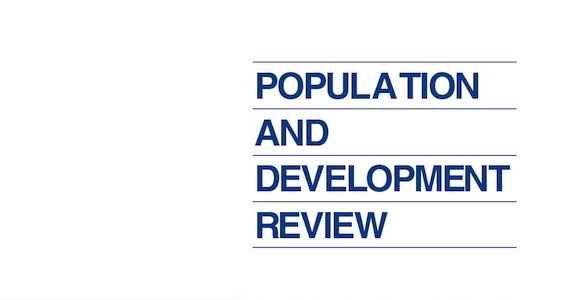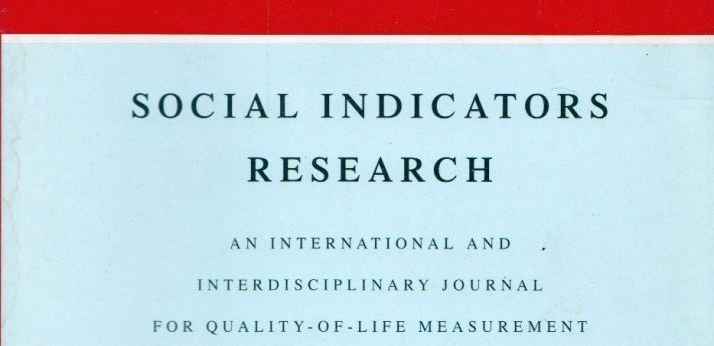Family, Household and Economy
OUR RESEARCH FOCUS
The Center aims to push the boundaries of the mainstream conceptual framework in the field of welfare system/welfare state research. This approach describes the welfare state as an intergenerational model, through which the active-age support children and the elderly (and not primarily subsidize the poor). As a result, the space typically described with two institutional actors, the markets and their counterpart, the welfare state, is complemented by families, which ensure a significant part of the transfer flow between age groups. The welfare state becomes an element of the multi-channel transfer system consisting of markets, families and the state.
Resource distribution among generations
The transfer of resources between age groups is not equally visible to the statistical system. Pension funds, insurance companies or the social security system connect large groups of people who do not know each other. The same applies to public institutions that provide services, such as the education which channels taxpayers’ resources, primarily those of working age. Health care typically connects the active-age and the elderly. The operation of large groups involves administration and accounting, which leaves behind an information trail. This makes it easier to collect data about them. Family transfers are not documented. This means that information on state transfers and other resource reallocations organised by market participants is more easily accessible to the statistical system. Such transactions are more visible than family transfers.
Members of the research group are among the first to use a device, the National Transfer Accounts system to eliminate this information asymmetry. Those who have children face with a heavier financial burden than those who don’t, because the tools used today don’t capture all of the cost items of parenting children. We expect practical applicability from the research in two areas: 1) The first is the operation of pay-as-you-go pension systems. The other area is the so-called 2) More accurate interpretation of Bhagwati tax investigating the brain drain by imposing an extra income tax on skilled labour.
MEMBERS
Head of Research Center
Vince Dániel
Krasznai Márton
PUBLICATION HIGHLIGHTS
Population and Development Review 48(1) 51-73. (Róbert Gál is a co-author as a member of the NTA Network).
Evidence from National Family Health Survey 2015–16. BMC Public Health 22, 2081
Social Indicators Research, 162(3), 1069–1091.
IMPACT
We have regular working relationship with the United Nations Population Fund (UNFPA) as an international consultant. As part of this, he participated in two projects in 2022:
– National Transfer Accounts in Bosnia: training the researchers (locally, Mount Vlasic, Bosnia) and supervising the three teams working on the project (online)
– Updating the National Transfer Accounts for Serbia (online)
Róbert Iván Gál participated as Expenditure Policy Advisor in the capacity-building project Social Insurance, Taxation and Employment jointly organized by the Joint Vienna Institute and the IMF on behalf of the International Monetary Fund (in April 2022).
Previous partnerships
University of Southern Denmark, Odense





